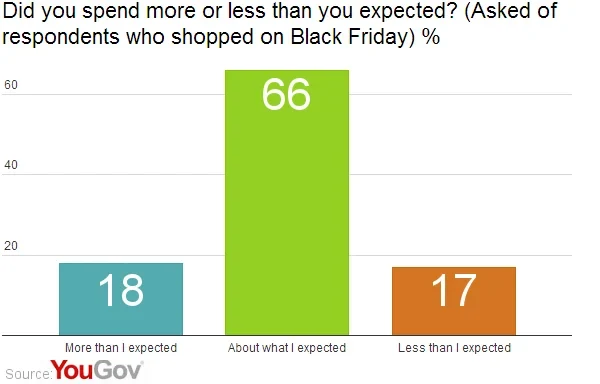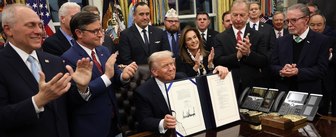Americans are good at predicting their own shopping and spending habits, though a number of people who may not have intended to go shopping on Black Friday were eventually tempted by the sales.
Americans sometimes have a hard time predicting their own behavior: last minute campaign events can change how people vote, and assessments of whether a candidate’s behavior will make a difference can be wrong, too. One thing the most recent Economist/YouGov poll tells us, however, is that some groups of Americans were good at predicting whether or not they would shop on Thanksgiving weekend – and overall this year it looks like more people went to the malls than thought they would!
Last week, before Thanksgiving, 14% of adults said they would shop during the Thanksgiving weekend sales.
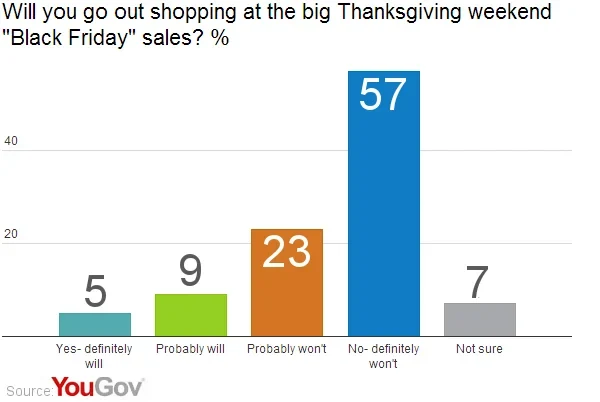
This week – in polling conducted after “Black Friday” – 20% said they went to the stores to snap up the widely publicized bargains.
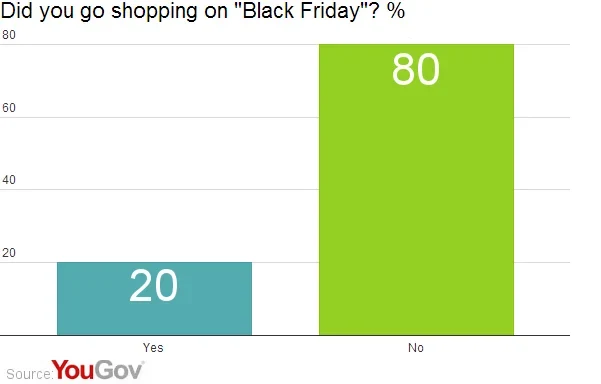
Two years ago, the last time the question was asked in Economist/YouGov Polls, 22% said they went shopping the day after Thanksgiving, not much different from the number this year who reported looking for “Black Friday” sales.
This year, the worst predictors of their own behavior were adults under 30, 17% of whom said they’d probably shop on Thanksgiving weekend, while 29% said afterwards they had. To be fair to younger adults, one in ten (the largest percentage in any age group) admitted beforehand that they weren’t sure what they would do.
Those with college educations were nearly twice as likely to report they had shopped at Thanksgiving sales as had predicted they would. Very few senior citizens predicted they would shop the “Black Friday” sales, and as predicted, very few did.
Two in three shoppers this week – and likely shoppers last week – went shopping after Thanksgiving Day itself. But one in three of those who shopped admitted they headed to the stores on Thanksgiving Day itself.
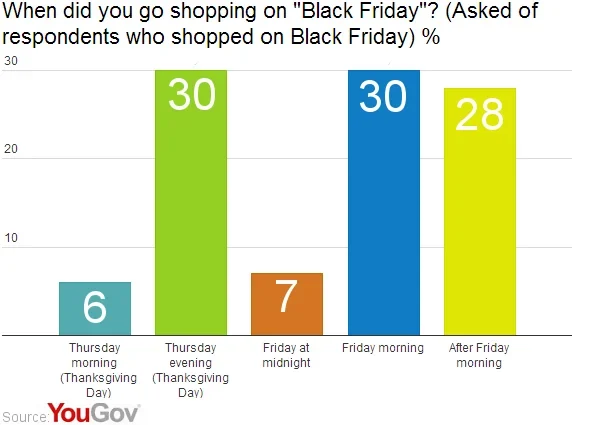
Of course, shopping can mean many things, and some of those who shopped sales may have done so online, instead of heading to the stores.
The average amount spent was more than $100 but less than $250. The higher the income, the more was spent. But whatever the amount spent, it wasn’t much more than people expected to spend, underscoring the suggestions that people did their homework before leaving home. Two in three said they spent about what they expected to spend, and as many people spent less than they had expected as those who spent more.
